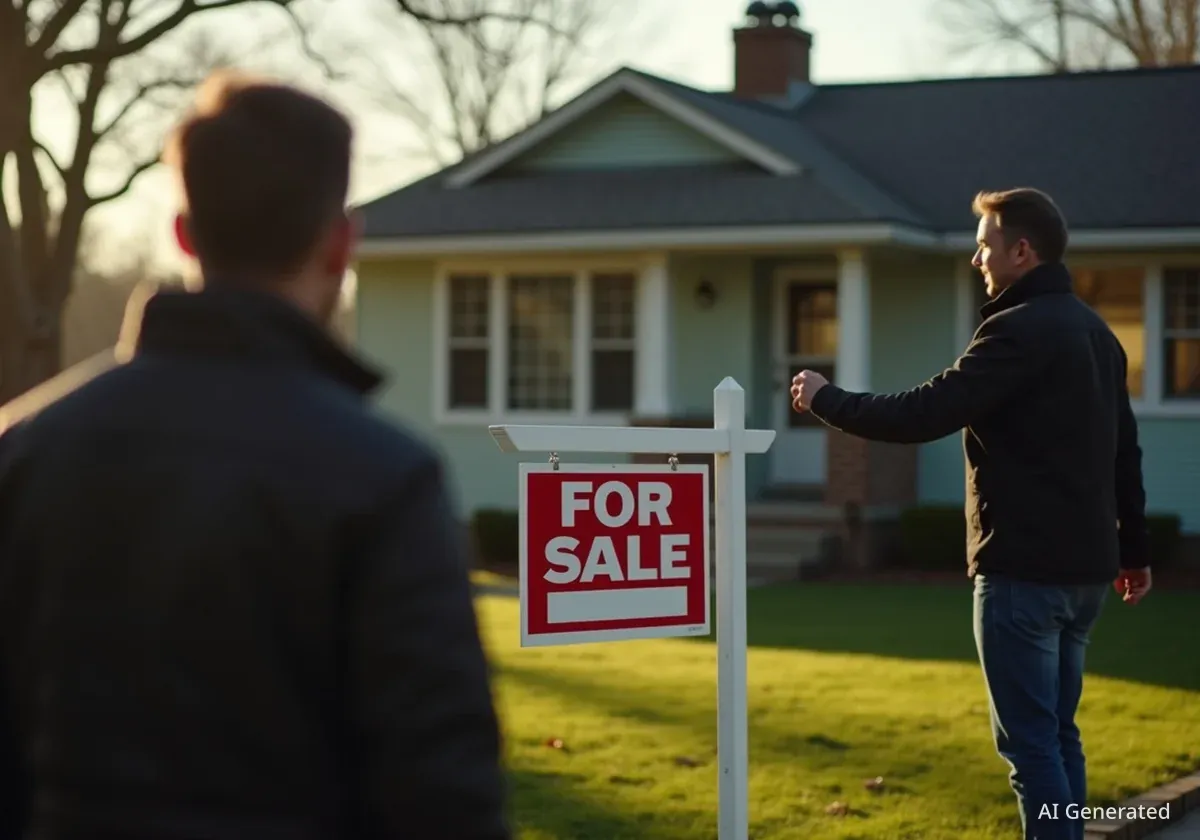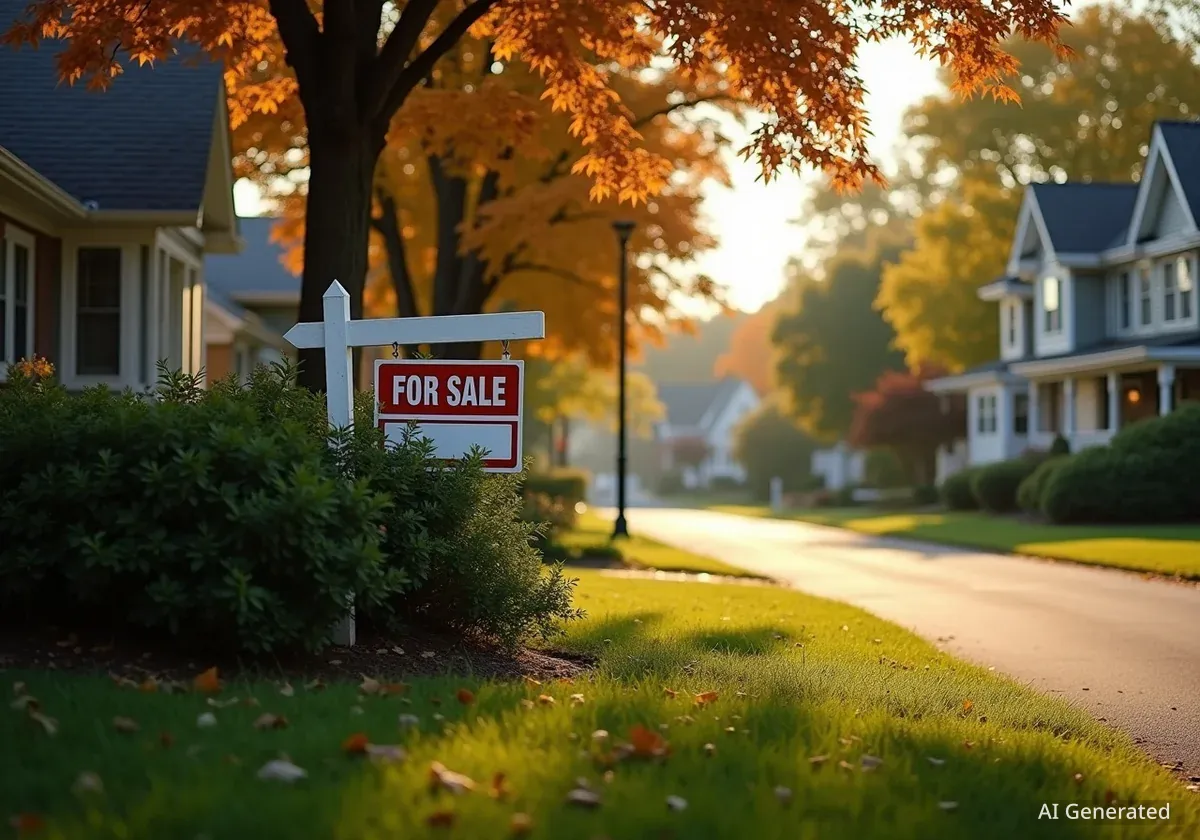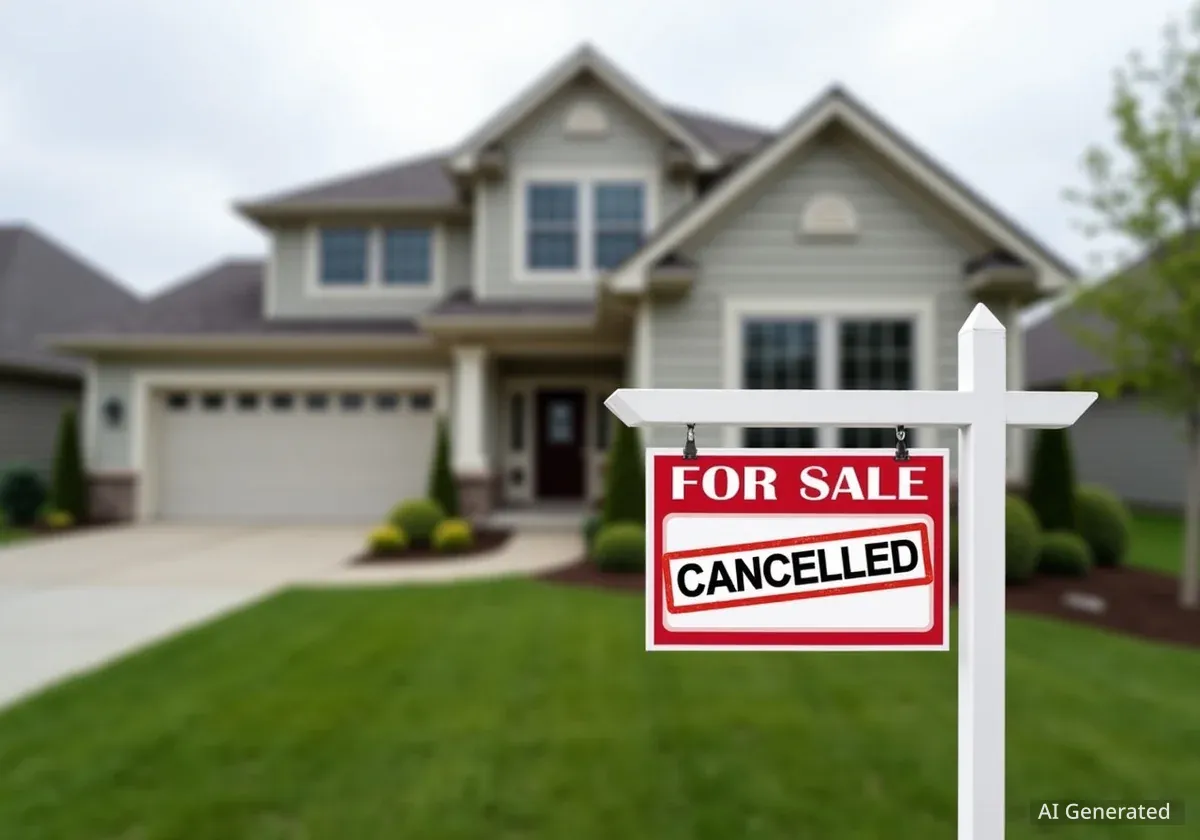Homeownership remains a significant aspiration for many Americans, yet increasing property prices are making this goal harder to achieve. In the Twin Cities metropolitan area, the average cost of a home has surpassed $400,000. This price point is becoming unmanageable for a growing number of residents in Minnesota.
Star Tribune reporters Jim Buchta and Emma Nelson are actively seeking individuals willing to share their experiences regarding housing affordability. This includes those who have recently purchased a home, as well as those who are still navigating the challenging market.
Key Takeaways
- Twin Cities median home price exceeds $400,000.
- Affordability is a major challenge for many Minnesotans.
- Both buyers and sellers face difficulties in the current market.
- Journalists are collecting personal stories to inform reporting.
Rising Home Prices Impact Local Residents
The median home value in the Twin Cities has seen a substantial increase over recent years. This trend means fewer people can afford to buy a home, even with strong employment figures.
Many prospective homeowners find themselves priced out of neighborhoods they once considered accessible. The competitive market further complicates the buying process.
Market Snapshot
- Median home price: Over $400,000
- Percentage of Minnesotans finding prices 'out of reach': Increasing
- Demand for 'handy-man specials': Rising significantly
This situation has led to a growing demand for properties requiring significant renovation. These homes, often referred to as 'handy-man specials,' offer a lower entry point into the market. Buyers are willing to invest time and additional funds to make these properties habitable.
Challenges for Both Buyers and Sellers
While rising prices pose a barrier for buyers, the market also presents difficulties for sellers. Some homeowners find it hard to sell their properties, even in a high-demand environment.
This paradox can stem from various factors, including specific property conditions, location, or pricing expectations that do not align with current buyer capacities. The current market dynamics create a complex landscape for all participants.
"Homeownership is a cornerstone of the American dream, but for many in the Twin Cities, it's becoming an increasingly distant reality," a local real estate analyst stated. "Understanding the personal stories behind these statistics is crucial for comprehending the full scope of the issue."
Seeking Personal Stories
Star Tribune reporters Jim Buchta and Emma Nelson are collecting firsthand accounts from residents. These stories are vital for providing a human perspective on the housing crisis. They aim to cover a broad range of experiences, from successful purchases to ongoing struggles.
The reporting seeks to understand the diverse impacts of the current market. This includes the financial strain on families and individuals, as well as the emotional toll of searching for an affordable home.
About the Reporters
Emma Nelson is a dedicated reporter and editor at the Minnesota Star Tribune. Her work focuses on local community issues.
Jim Buchta has extensive experience covering real estate for the Star Tribune. His background also includes reporting on energy, small business, consumer affairs, and travel, providing a broad economic perspective.
The Appeal of Renovation Projects
The trend of buying 'handy-man specials' highlights a shift in buyer behavior. As turnkey homes become less affordable, more individuals are considering properties that require significant work. This allows them to enter the market at a lower price point.
For example, a 1961-built home near Bde Maka Ska and Minikahda Country Club, owned by James E. Stewart, features distinctive wood touches. Such properties often attract buyers looking for character and renovation potential.
- Buyers' motivations: Lower purchase price, opportunity for customization, potential for increased equity.
- Associated risks: Unexpected repair costs, time commitment, potential for project delays.
The decision to buy a renovation project often involves careful financial planning. Buyers must factor in the cost of materials, labor, and the potential for unforeseen expenses. Despite these challenges, many see it as the only viable path to homeownership.
Community Impact and Future Outlook
The ongoing housing affordability challenge affects the broader community. It can impact local demographics, economic stability, and social equity. Policy discussions around zoning, development, and financial assistance programs are becoming more urgent.
Understanding the full scope of these issues requires detailed reporting and direct community input. The Star Tribune's initiative aims to gather this crucial information to inform public discourse and potential solutions.
The housing market in the Twin Cities, like many metropolitan areas across the United States, continues to evolve. Future trends will depend on a combination of economic factors, policy decisions, and consumer demand.
Residents are encouraged to share their experiences to contribute to this ongoing reporting. Their stories will help paint a complete picture of the housing landscape in Minnesota.





